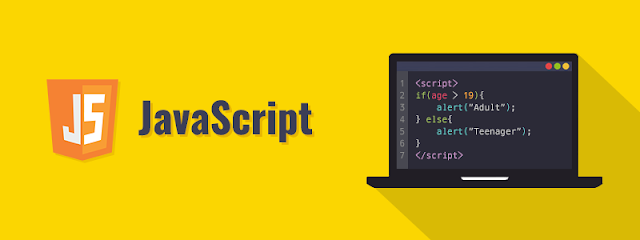Top 9 JavaScript Mobile Frameworks You Should Know In 2022
Mobile app development has rapidly grown over the last several years and with that growth comes an equally rapid evolution of the tools used to build them. Just ten years ago, when the iPhone was first released, only native languages such as Objective-C could be used to develop apps.
In recent years, however, that’s no longer true. JavaScript frameworks such as PhoneGap have allowed web developers to create mobile apps using familiar tools and techniques, while native tools like React Native have built bridges between JavaScript frameworks and native mobile environments on iOS and Android devices.
1) React Native
React Native is an open-source library developed by Facebook that allows you to write apps using only JavaScript and CSS. With React Native, developers can quickly build native mobile applications for iOS and Android (among other platforms) without having to learn multiple languages. However, due to its relative newness, React Native has a few limitations, such as requiring access to native components if you want to render your own controls (although there are workarounds). It also may not have quite as much flexibility as some of its competitors, such as Ionic. But for apps that need basic styling or are making heavy use of gestures like pinches and swipes, it can be a great choice.
2) Flutter
Flutter is Google’s mobile UI framework for crafting high-quality native interfaces on iOS and Android in record time. Flutter works with existing code, is used by developers and organizations around the world, and is free and open source. Recently Flutter announced v1 stable release that introduced Widget framework, Material Theming API, multi-platform support. Now it has become a fast growing development platform which helps to build scalable applications very easily in record time.
3) NativeScript
NativeScript is a framework that lets you build native mobile apps with JavaScript. NativeScript handles all of your app’s device-specific quirks, letting you focus on creating a truly high-quality user experience. For instance, you can write your business logic in TypeScript or ECMAScript 6 (JavaScript’s latest iteration) and compile it to run directly in Objective-C for iOS and Android apps.
4) Weex
Weex is a mobile UI framework developed by WeChat and now officially released under Apache 2.0 license in November 2016. Based on HTML5, CSS3 and JS, Weex supports both Android and iOS with 100% code sharing.
5) Ionic Framework
Ionic is a framework for building hybrid mobile apps with HTML5, CSS3 and AngularJS. If you want to build cross-platform, native-feeling apps with web technologies (and without needing to become an expert in Objective C or Java), Ionic Framework is worth checking out.
6) Xamarin
Xamarin was originally developed by brothers Nat Friedman and Miguel de Icaza. Xamarin is a cross-platform mobile development framework that allows developers to use C# to write native apps for iOS, Android, Mac OS X, and Windows. Developers can then use Microsoft Visual Studio to share code across these different platforms, thus reducing costs and speeding up development time. Google recently acquired Xamarin in May 2016.
7) Cordova / PhoneGap
It’s hard to remember a time when we didn’t have these two. Cordova (and now PhoneGap) is an open-source tool that lets you use HTML, CSS and JavaScript to create apps for iOS, Android and Windows devices. The framework provides support for hardware-accelerated browser views, offline storage and many other features you might not get from standard CSS frameworks.
8) Titanium Mobile
Titanium has emerged as one of the most popular cross-platform mobile development frameworks available. It’s particularly good for web developers who want to create a native app on several platforms. Titanium allows you to use HTML, CSS and JavaScript in order to build high-quality apps that can be deployed on both Android and iOS devices. It supports C++, JQuery, AngularJS and ReactJS; it also comes with access to over 600 native APIs for both Android and iOS apps.
9) XUI (Xamarin.Forms UI Component Framework)
XUI is an open source UI component framework for Xamarin.Forms written in native C#. XUI allows you to quickly and easily build high-quality mobile apps that target iOS, Android, or Windows, using a single codebase in C#. Want to see it in action? Check out an example of how to use it below.
Hire React Native Developer - Dedicated React Native Developers
Conclusion
If you want to get ahead in tech, or just learn new skills that’ll make you a more versatile developer, now is a great time to broaden your horizons. The web platform will be where it’s at for at least another five years, so don’t put off learning all of its intricacies—mastering what it can do could lead to a very rewarding career!



Comments
Post a Comment